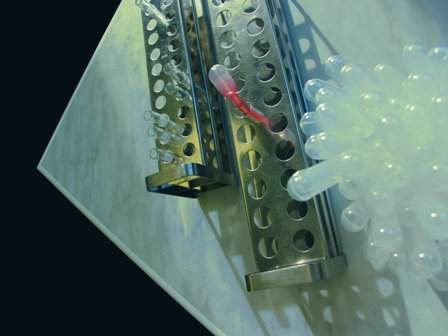ReShape Lifesciences has commenced site initiation training for the first clinical trial site that will participate in the multi-center trial of the ReShape Vest to support CE mark approval.

Image: ReShape Lifesciences to start European trial to support CE-mark of ReShape Vest. Photo: courtesy of Jan Friml / FreeImages.
The trial, which will include study centers in Spain, Germany, Belgium, The Netherlands and the Czech Republic, seeks to enroll up to 95 subjects who will be followed for two years.
Primary endpoints in this trial include percent Total Body Weight Loss and adverse event rates at 12 months. Enrollment is expected to begin in the third quarter of 2018.
“We have been very encouraged by the results to date with our ReShape Vest, our novel, less invasive treatment option for patients battling obesity,” stated Dan Gladney, Chief Executive Officer and Chairman of the Board of ReShape Lifesciences.
“We look forward to beginning our CE Mark study and are excited to be one step closer to having the ReShape Vest available as a treatment option for clinical use throughout the European Union.”
It is expected that data from this study will be used for CE-Marking of the ReShape Vest. CE Marking is the European Union (EU) regulatory approval to commercialize a medical device.
Receiving the CE Mark demonstrates that a product conforms to the European essential requirements for safety and performance.
ReShape Lifesciences is a medical device company focused on technologies to treat obesity and metabolic diseases.
The FDA-approved ReShape Balloon™ System involves a non-surgical weight loss procedure that uses advanced balloon technology designed to take up room in the stomach to help people with a 30-40 kg/m2 Body Mass Index (BMI) and at least one co-morbidity lose weight.
ReShape vBloc™ Therapy, delivered by an FDA-approved pacemaker-like device called the ReShape vBloc System, is designed to help patients with a BMI of 40-45 kg/m2, or a 35-39.9 kg/m2 and at least one co-morbidity feel full and eat less by intermittently blocking hunger signals on the vagus nerve.
The ReShape Vest™ System is an investigational, minimally invasive, laparoscopically implanted medical device that wraps around the stomach, emulating the gastric volume reduction effect of conventional weight-loss surgery, and is intended to enable rapid weight loss in obese and morbidly obese patients without permanently changing patient anatomy.
Source: Company Press Release
